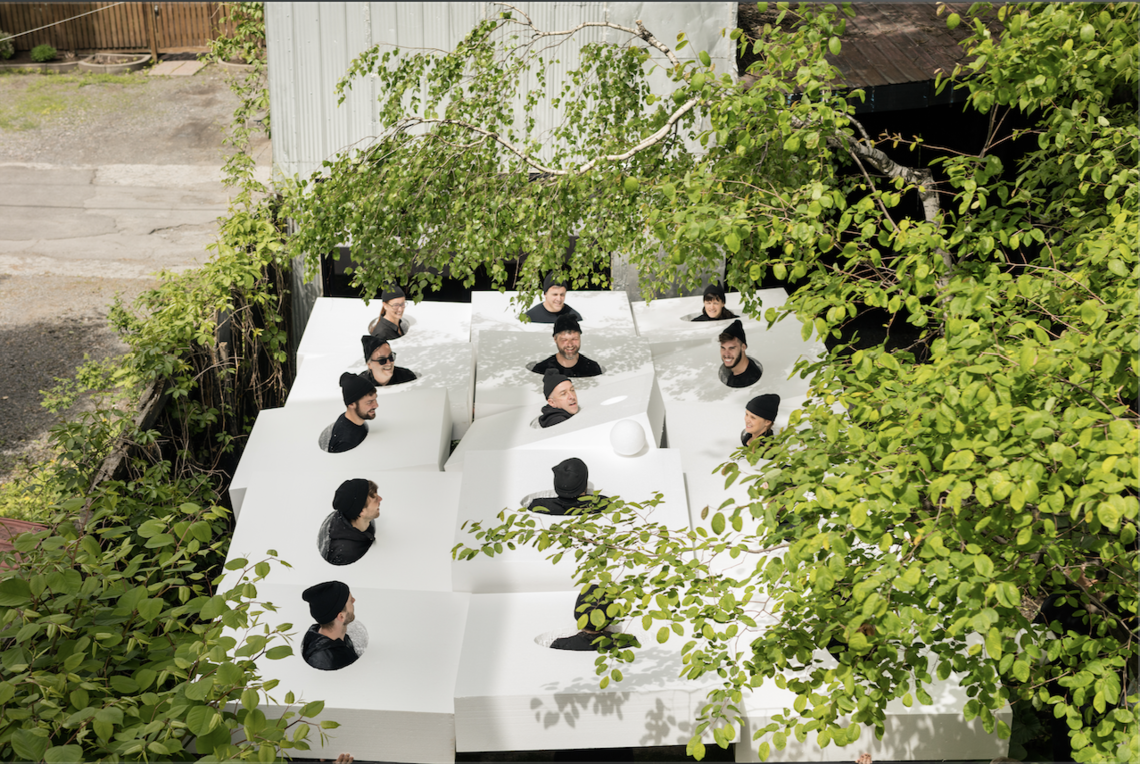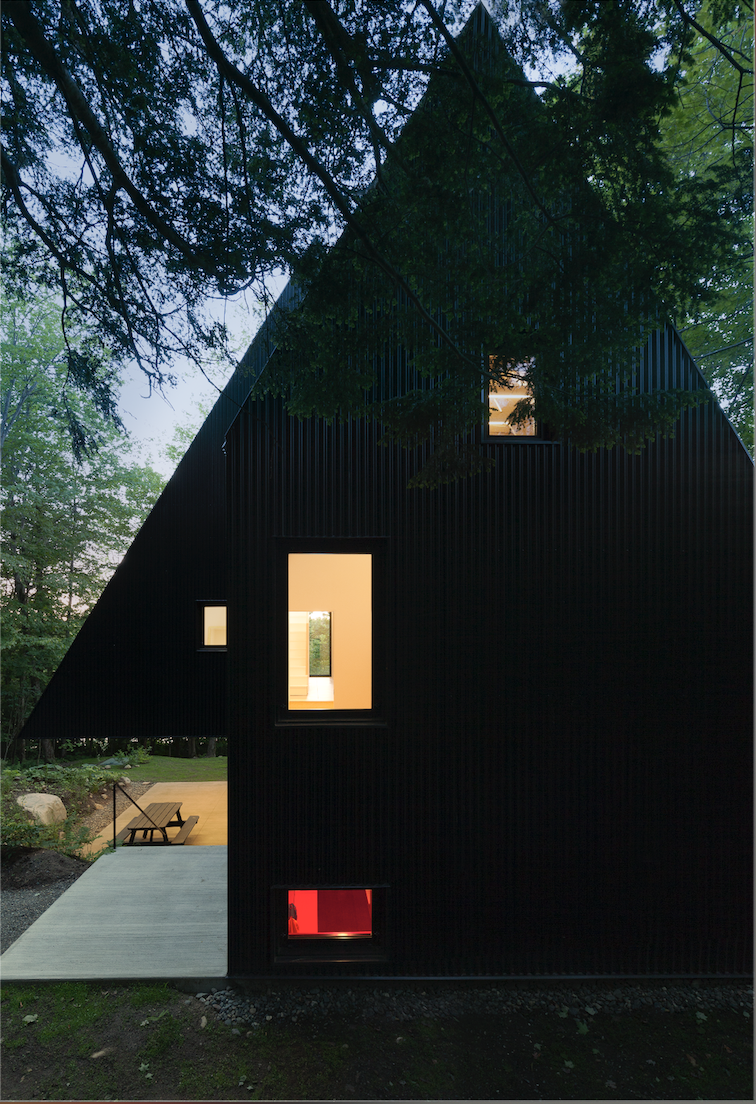Nov. 14, 2019
How can we introduce play into our conversations and creative processes?

What if we could set aside convention and become more open-minded and accepting of play and contradiction in our work?
What if, in our interactions and collaborations we were able to relinquish or suspend control, allowing for playfulness and discomfort to inform our creative processes? Could we trust this process to produce new and intriguing results?
Jean Verville is an architect, really an artist whose medium is houses, who may well be more interested in the design process than the end result. For him, the creative process is the project.

Not your conventional client process.
Courtesy jean verville architecte
Based in Montreal at Laval University’s Ecole d’Architecture, Verville brought his energy and fascination with process to the School of Architecture, Planning and Landscape’s (SAPL) Design Matters Lecture Series in October.
From the opening presentation of his lecture images — in rapid succession, set to exhilarating electronic pop music — to the way he related to the audience by sitting on a table instead of using a podium to confer authority, Verville’s conversation electrified and inspired those in attendance. He challenged the audience to develop new approaches to thinking and evaluating who they are as students and researchers, architects and designers, and how they practice.
His message, “remember to have fun,” was simplistic, yet one too frequently inhibited by the complexities engendered from the traditional approach to design: privileging critical systematic thinking and predictable outcomes.
What if, instead, design is viewed as collaboration, enabling it to become a means of communication, akin to a diagram that can be brought to life to allow people to think?
When architects critically engage clients, the resulting conversations and creative processes have the potential to become a piece of art and influence the production of architecture. To Verville’s mind, it is the interactions and relationships with people that inform architecture practice and design. He believes every interaction is an opportunity to share thoughts and discuss dreams and bring imaginations to life.
It’s from these interactions that we build our practice. It’s from these relationships that we formalize our design.
In his professional collaborations, Verville has encouraged clients to consider their daily habits and needs to better assess their spatial requirements. He has invited clients to build design models out of Lego and even played a ball game with builders and engineers on site, in an effort to get them more involved with the project.
As Vikram Johal, SAPL student and audience member explains, “Allowing play to enter into the design process becomes a way of getting past the surface level fronts a person may have, and taps into their inner essence.”
Or put another way by Johal, reflecting on the lecture, “I know I always produce my best results when I’m just having fun or playing around, and some of my best collaborative ideas with colleagues have come out of simply having a good time.”
So, how can we introduce play into our conversations and creative processes? Whatever our profession or pursuit, can we imagine ourselves as artists, reframing our interactions to add play into the connection between people, places and things?
The next Design Matters lecture is on Wednesday Nov. 27. SAPL brings Russell Acton, co-founder of Vancouver-based firm Acton Ostry. This event is also the opening reception for the MASS TIMBER exhibition featuring work from award-winning architects and engineers across Canada. The lecture and reception is $10 to the public and free to students. Find more information and reserve tickets

Jean Verville’s thesis titled FAHOUSE, Eastern Townships, QC, Canada.
Courtesy jean verville architecte



